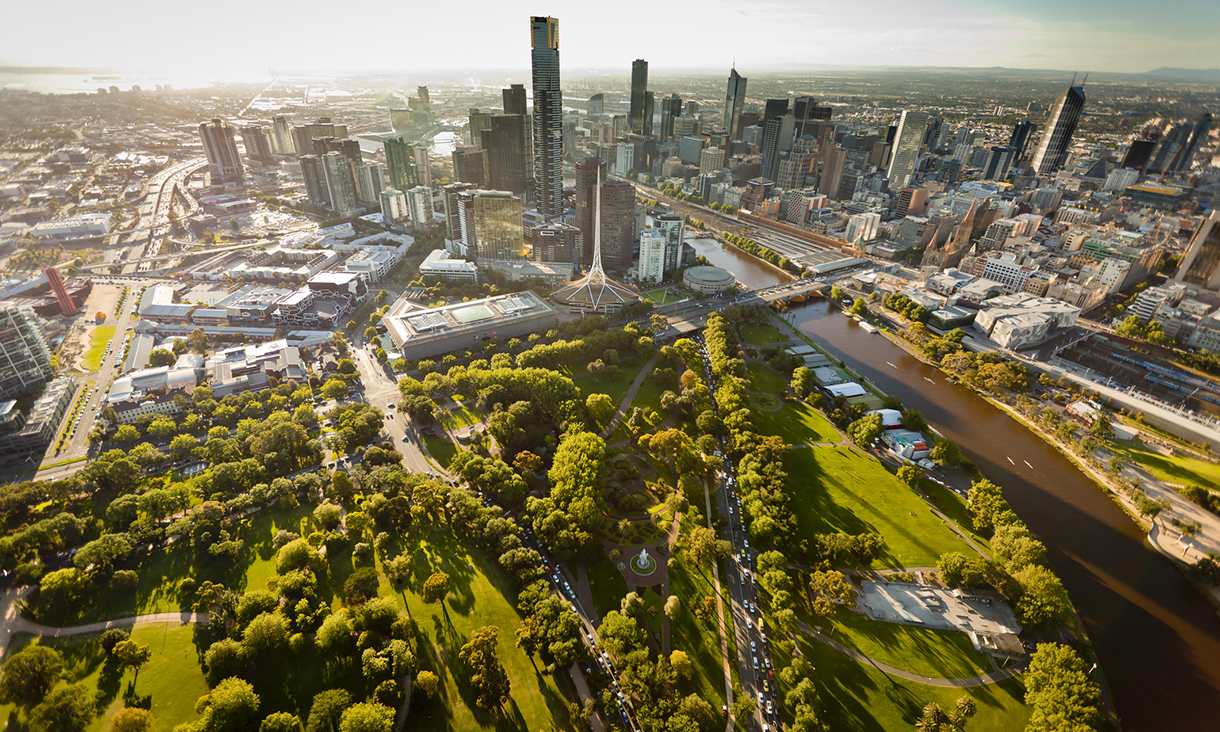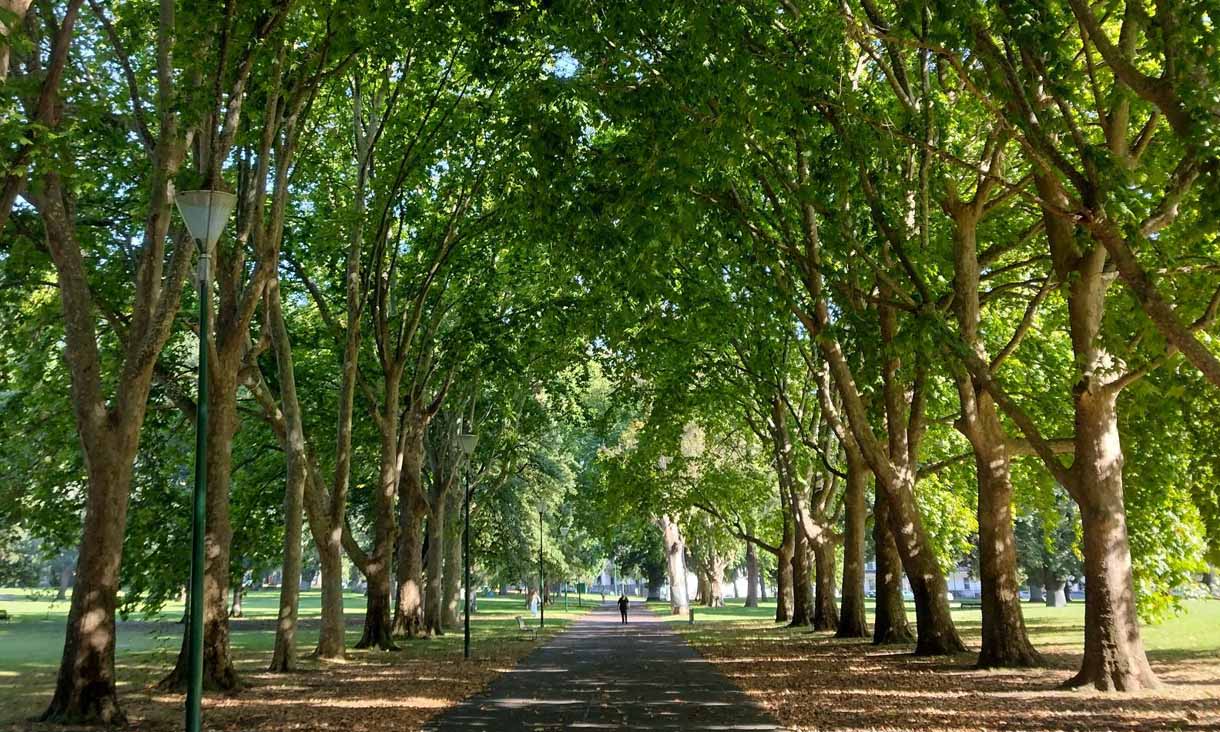Helping children find their role in disaster risk reduction
The frequency of natural hazards and disasters is on the rise and children are highly vulnerable to the devastating impacts.
Funded by the Bushfire and Natural Hazards Cooperative Research Centre, Dr Briony Towers has been conducting research with children, schools and families in high risk areas around Australia for over ten years.
Her research suggests that when children have access to knowledge and information and are supported to actively participate in disaster risk reduction, they can make a valuable contribution to the safety of their households, schools and communities.
“When children have the opportunity to learn about the hazards in their local area, they really want to be involved in developing strategies that will help keep them and their communities safe during a major hazard event,” she said.
“They often identify problems that adults have overlooked.”
Towers said people often assumed that learning about natural hazards and disasters would cause children unnecessary fear and anxiety however, her research found that the opposite is true.
“When we work together with children to develop risk reduction strategies that meet their needs and priorities, they are actually a lot less afraid of things like bushfires and floods,” she said.
“Children are playing an essential role in that process; we just need to listen to them carefully and make sure we act on what they tell us.
“It’s really exciting to be working with schools, emergency management agencies and non-government organisations to amplify children’s voices in disaster risk reduction.”
Apartment living for the evolving Australian household
Where we make a home is a fundamental aspect of our lives and influences the way we experience the city daily.
Since 2016, for the first time in Australia, new apartments outnumbered newly built standalone houses, with high-rise living playing an important part in this evolution.
Originally from France, urban geographer and housing scholar Dr Louise Dorignon is investigating the spatial dynamics of apartment living for families and individuals from various social backgrounds such as gender, class, culture and age.
Currently part of Linkage Project HOME (Housing Outcomes Metrics and Evaluation), her work examines the many challenges associated with making a home in an apartment dwelling.
“Faced with changing needs and living conditions, urban dwellers lives are entwined with the politics of apartment buildings, yet we still don’t really understand the challenges emerging from multi-storey dwellings,” Dorignon said.
“At the apartment level, there are many reconfigurations made by households to appropriate domestic space that reflect the diversity of residential pathways and financial situations within apartment buildings, which shape the way people live in the city.
“I am particularly interested in finding out how social relations, including those of care, intimacy or power, shape housing experiences and trajectories.
“Understanding the great diversity of uses and practices in ‘the vertical city’ may hopefully lead to recognising household struggles in planning future homes and improving existing ones.”
Expanding nature stewardship in cities
In cities and townships, greenery is diminishing and native species disappearing. This can impact human health, wellbeing, and other social needs.
A conservation practitioner, and former CEO of Zoos Victoria, Dr Laura Mumaw is investigating how we can embed urban nature stewardship in policy and action for environmental and social benefits.










